Fresh wild raspberries are nothing short of magical when all you have to do is step outside for a quick, juicy, luscious snack. However, you don’t have to grow raspberries to delight in their goodness. They’re easy to forage and use, from berry to leaf!
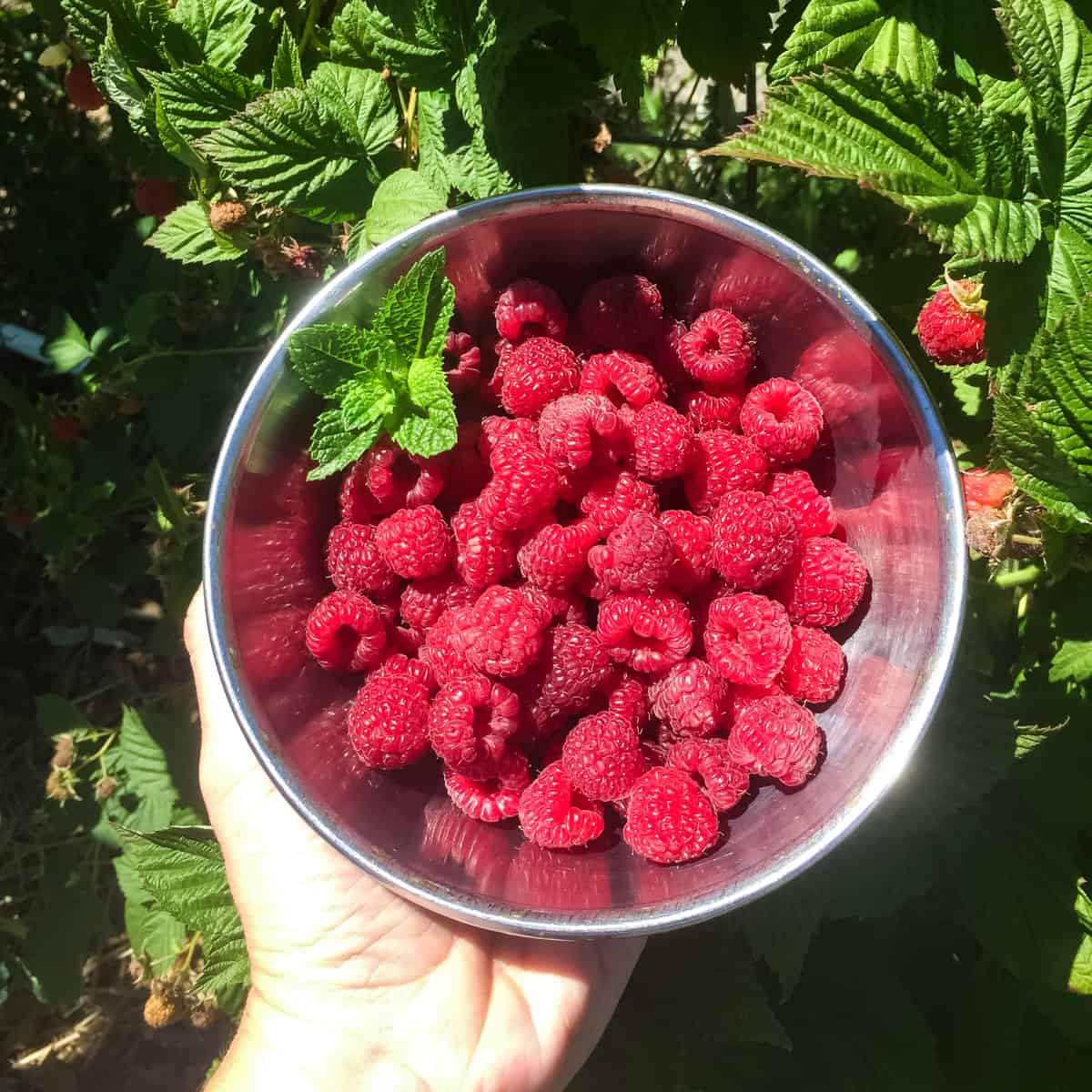
Want to save this post for later?
Wildcrafting Weeds
If you want to learn more about the edible and medicinal weeds that surround us and how to use them, check out my eBook: Wildcrafting Weeds: 20 Easy to Forage Edible and Medicinal Plants (that might be growing in your backyard)!
We lucked into a raspberry patch at our place, and it was such a welcome surprise to discover! Not only has it given us wonderful berries for the past couple of months, but it has also provided us with useful herbal leaves that we have been drying and storing for use.
Like blackberries, raspberries are also easy to forage for. With their tasty edible fruits and super useful leaves, foraging for wild raspberries is something we all should be doing!
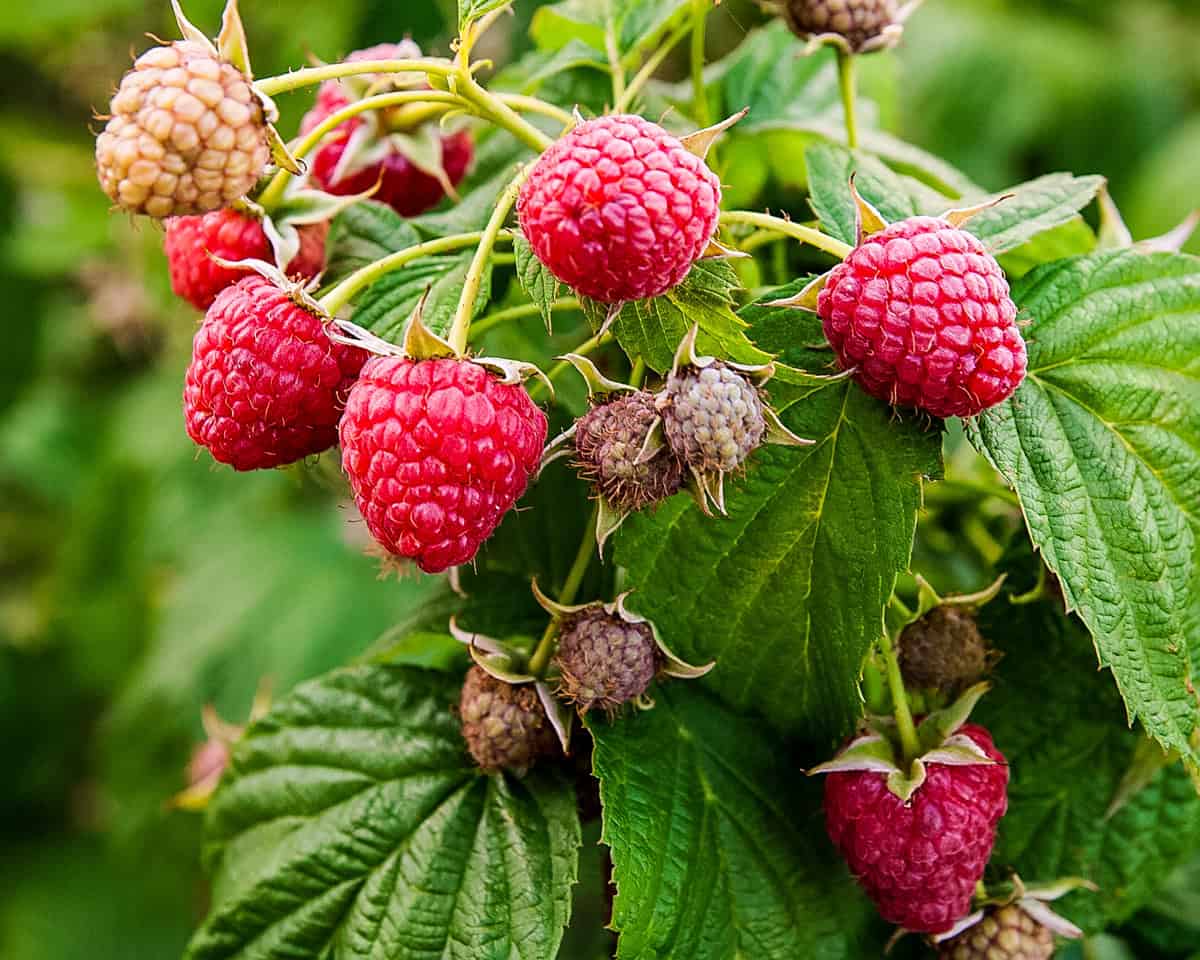
Wild Raspberry Identification
Raspberries are an aggregate berry, meaning that the berry is actually a cluster of smaller fruitlets. Blackberries are also an aggregate berry.
The difference between raspberries and other aggregate berries like blackberries is that when raspberries are picked, the core gets left behind, whereas blackberry (and other aggregate berry) cores come off with the fruit.
There are many varieties of wild and cultivated raspberries, and they can be hard to distinguish from one another. In addition to the regular red raspberries we are accustomed to seeing, you may also find thimbleberries or black raspberries growing wild.
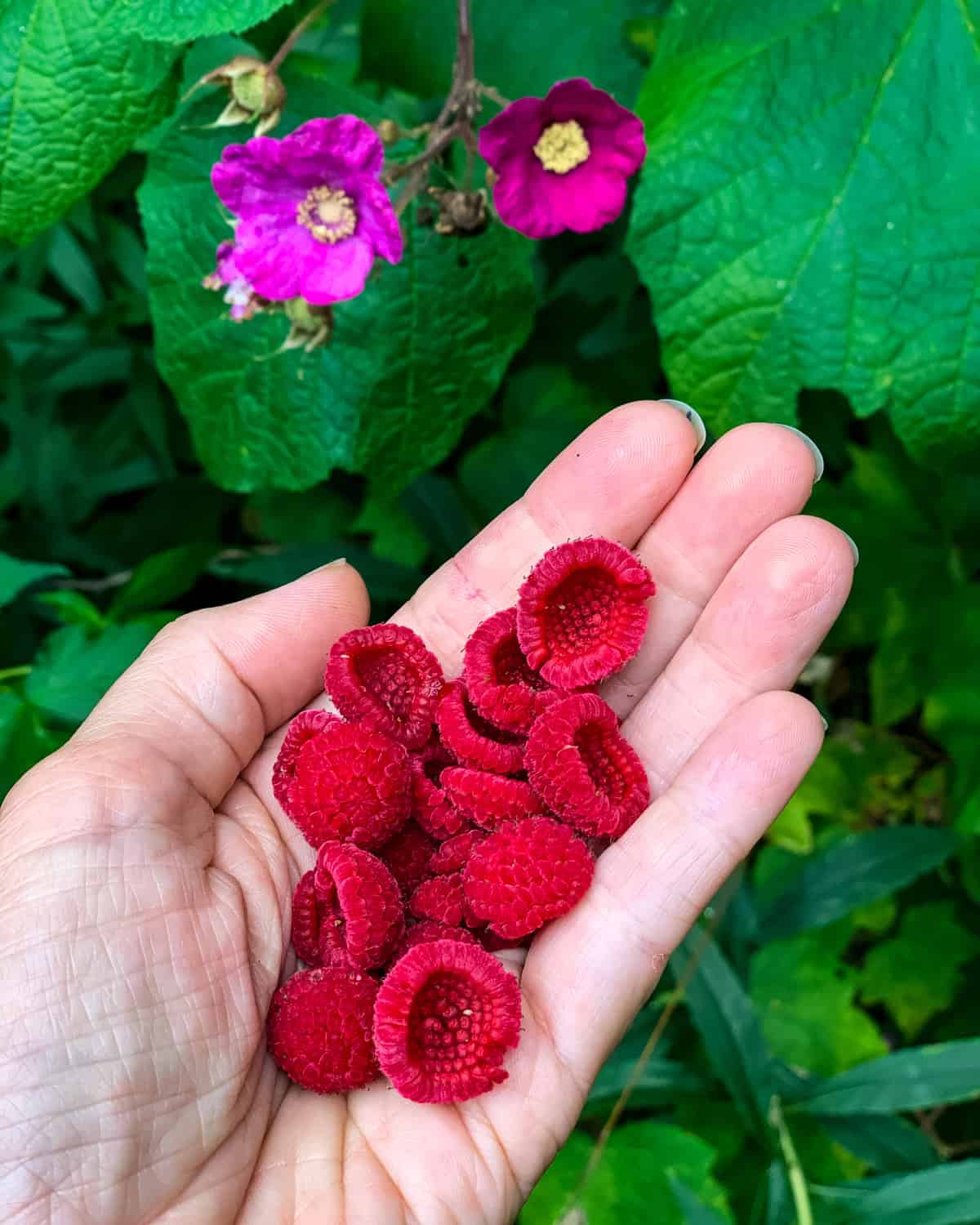
Thimbleberries resemble raspberries, but the berries are a bit wider and flatter. They are softer and more fragile than raspberries and don’t keep for long, which is why they aren’t typically found in grocery stores.
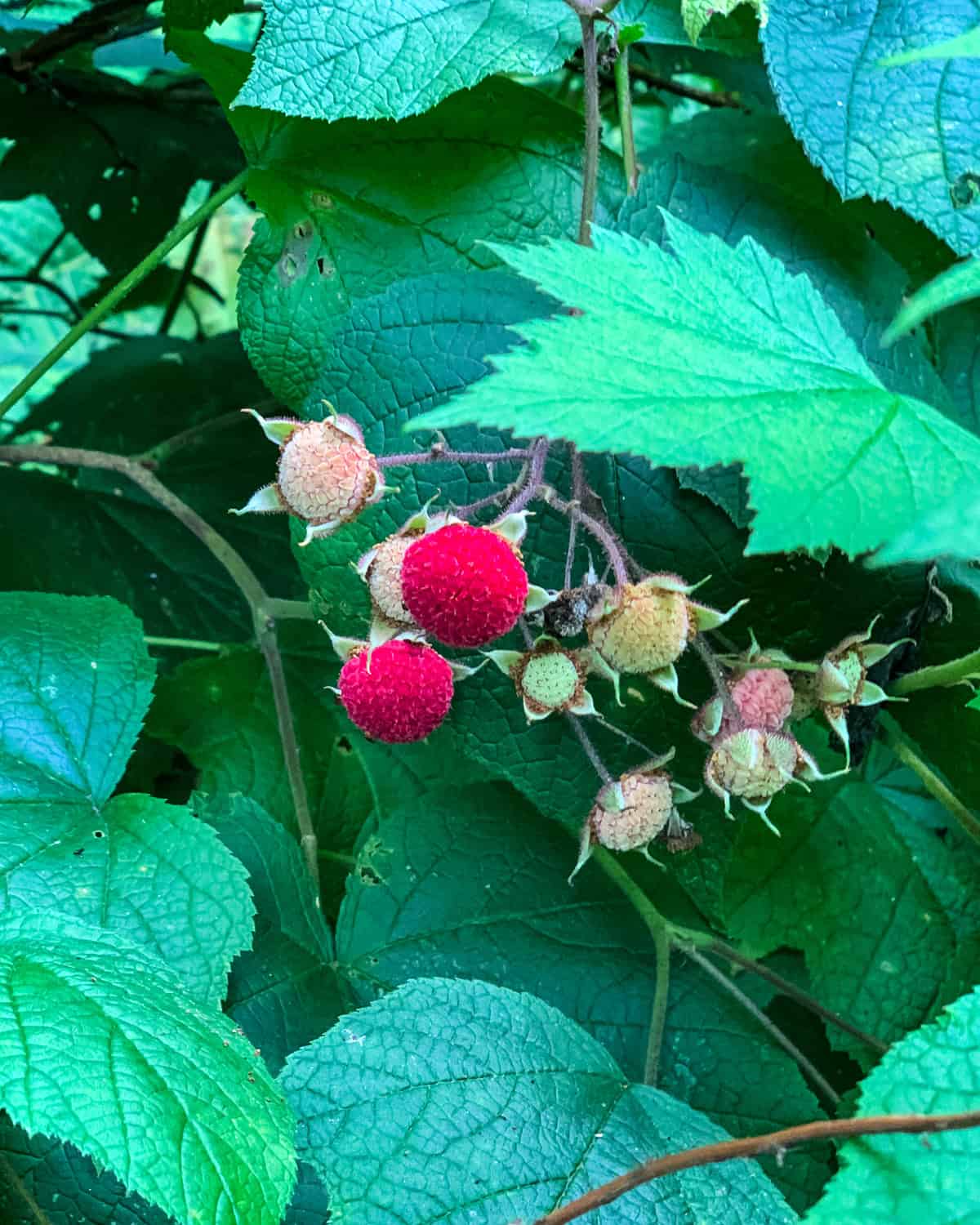
Thimbleberries grow wild in many regions of North America, and they are sweet and delicious! I see thimbleberries growing in Vermont and I often find them in Oregon when I am visiting.
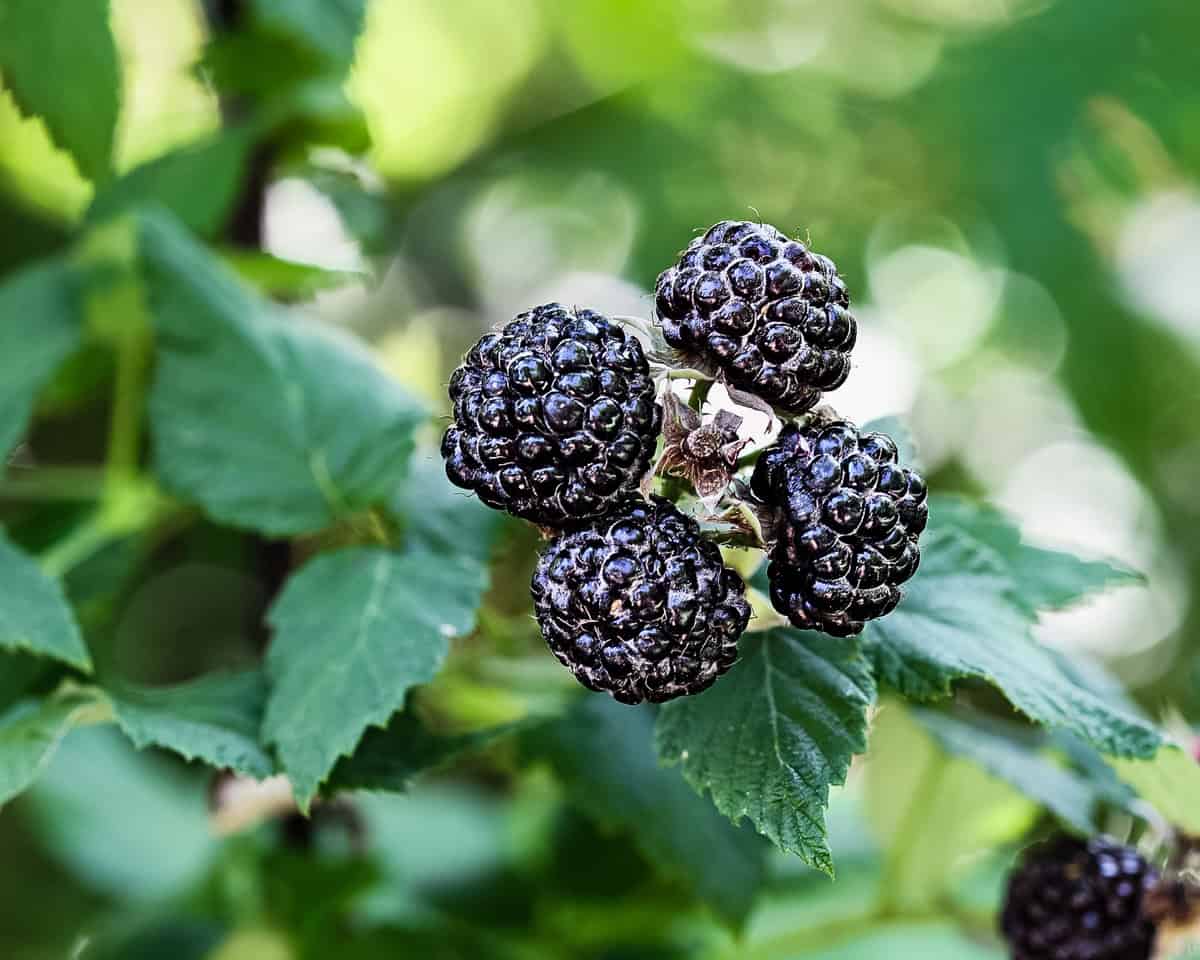
Black raspberries, also called black caps, are native to eastern North America and are always an exciting foraging find! They resemble blackberries, but are typically smaller and have a hollow center like all raspberries.
They sometimes have a faint whitish coating on the berries, as you can see in this photo. It is natural yeast and not harmful.
These are a bit more sturdy than thimbleberries but more fragile than red raspberries. To me, black caps are the best of all wild raspberries!
Harvesting Wild Raspberries
Harvesting wild raspberries is easy, especially when you get to taste as you go! The reward is awesome: a bowl of fresh-picked raspberries to use in jam or even infused wine.
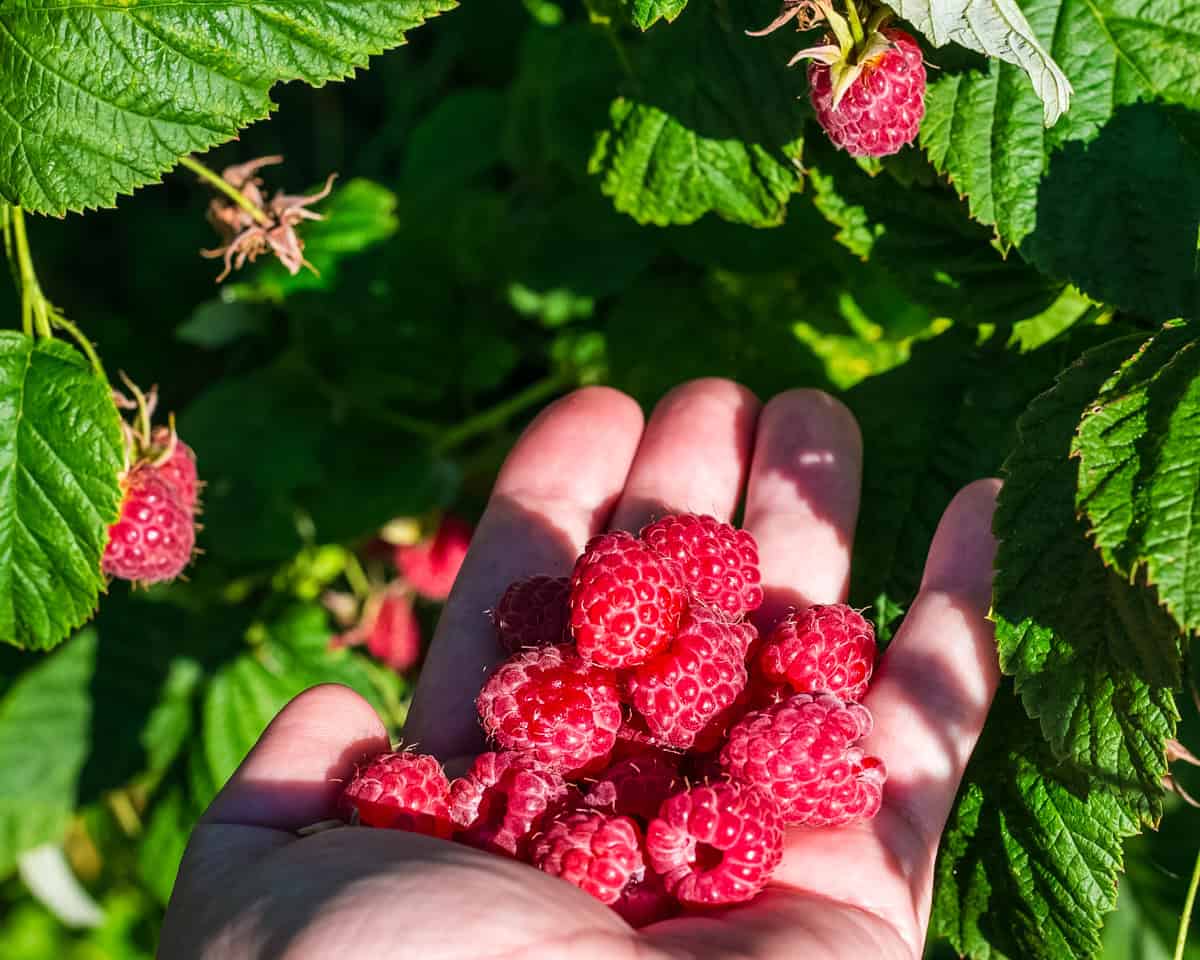
It’s always exciting to find a berry in the wild that is so easily identifiable, not to mention tasty. I always eat some along the way; they feel like little fairy snacks.
If you don’t have immediate use for raspberries when they’re ripe, consider freezing them for later use.
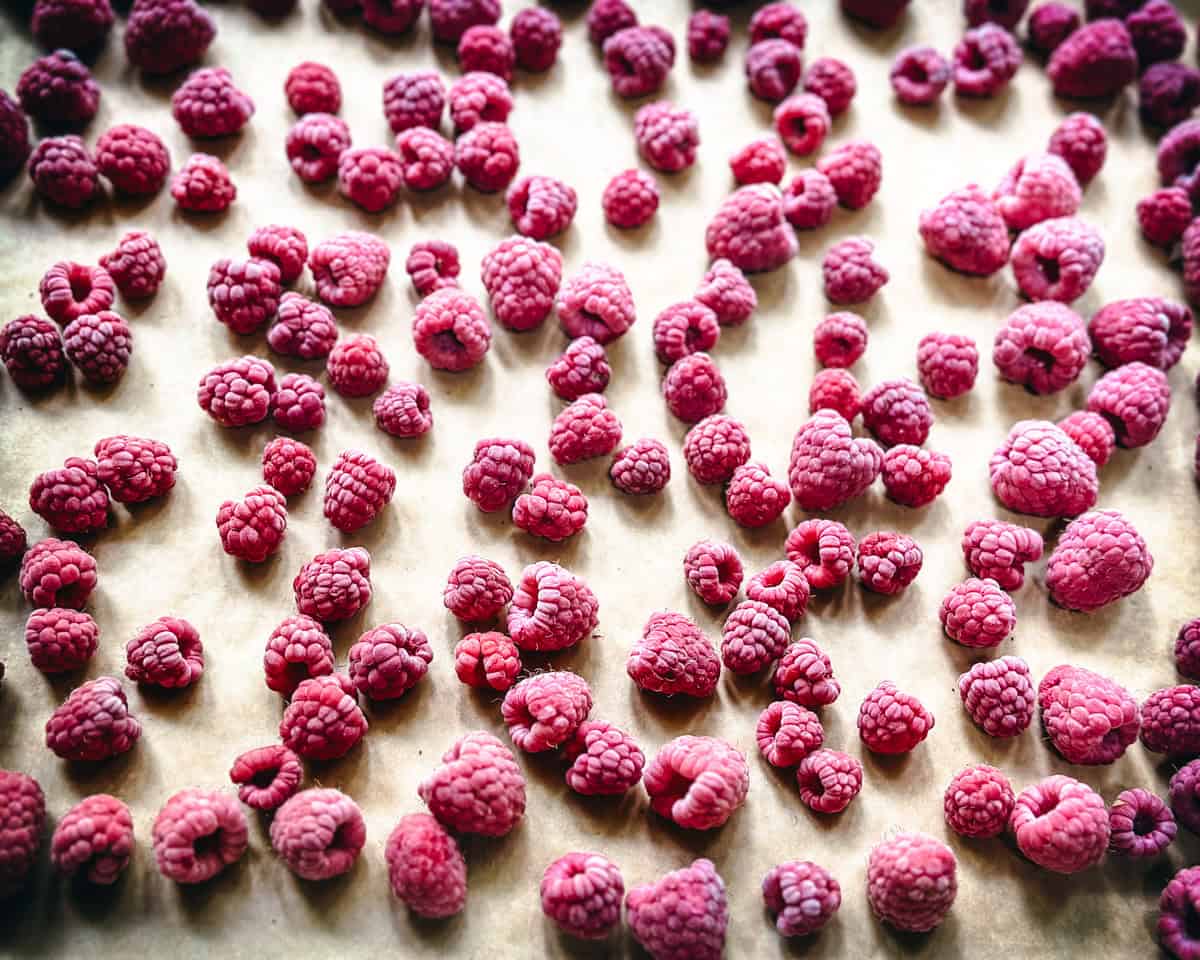
Raspberry Leaf Uses
There’s more to raspberry plants than their tasty berries. In traditional herbalism, raspberry leaves are often referred to as a “Women’s herb” due to their use as an all-around tonic for the female reproductive system and to increase uterine tone.
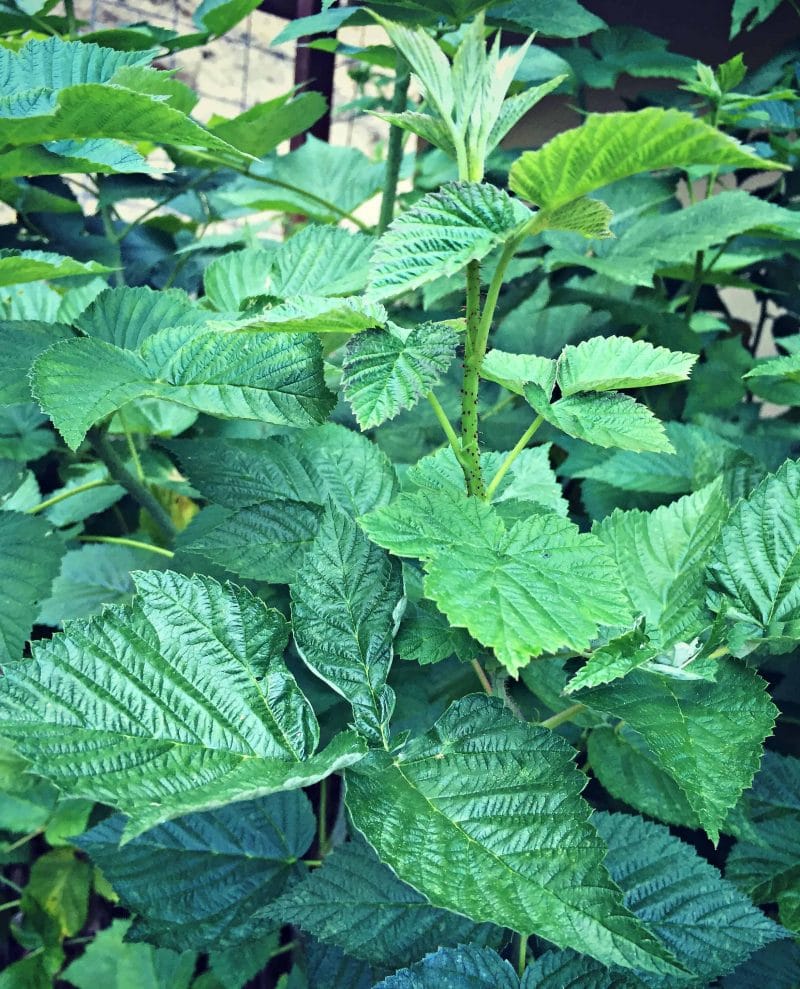
Herbalists often use raspberry leaf tea to ease menstrual symptoms, help with labor, and help breastmilk production. It is always essential to consult with your Doctor or Midwife before consuming raspberry leaf tea while pregnant.
Further research and studies are needed to establish conclusive evidence of the efficacy of raspberry leaf for women, whether pregnant or not.
There is a lack of evidence of harm; however, for dosage, safety, and consistency, it is recommended to consult a healthcare professional or a trained and experienced herbalist.
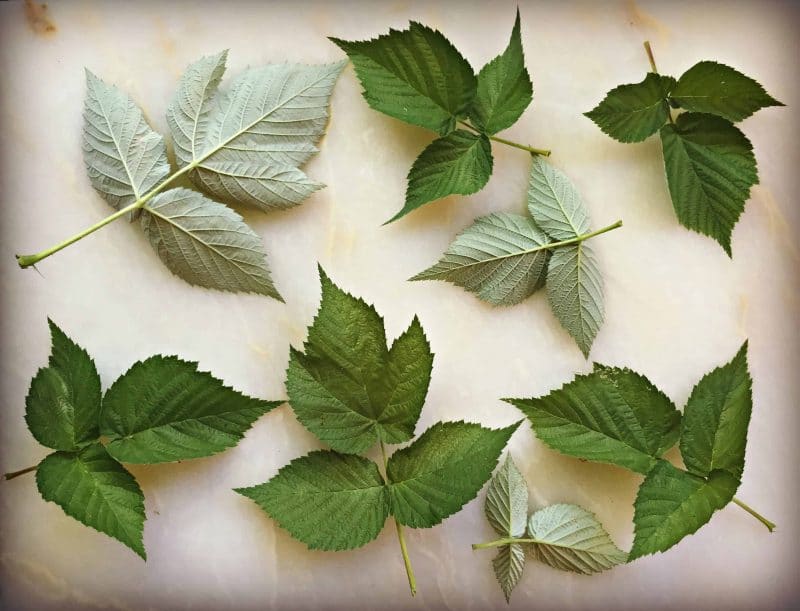
The most common way to ingest raspberry leaves is to make a tea with the dried leaves. If you have access to fresh raspberry leaves, you can dry them yourself on screens or in a dehydrator.
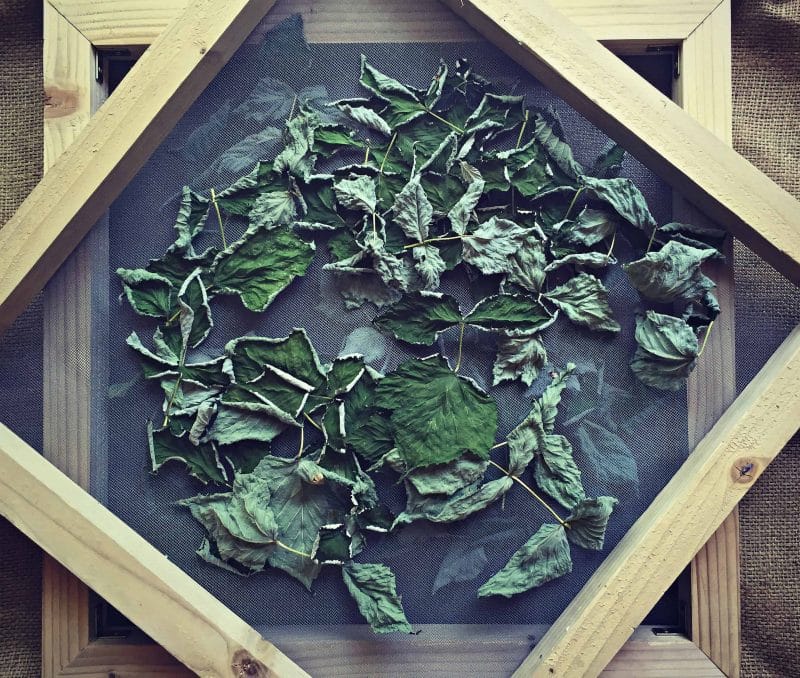
If you don’t have access to raspberry leaves, you can buy them dried from Mountain Rose Herbs (my favorite place to buy high-quality, organic herbs).
Once they are completely dried, partially crush them up for use in tea.
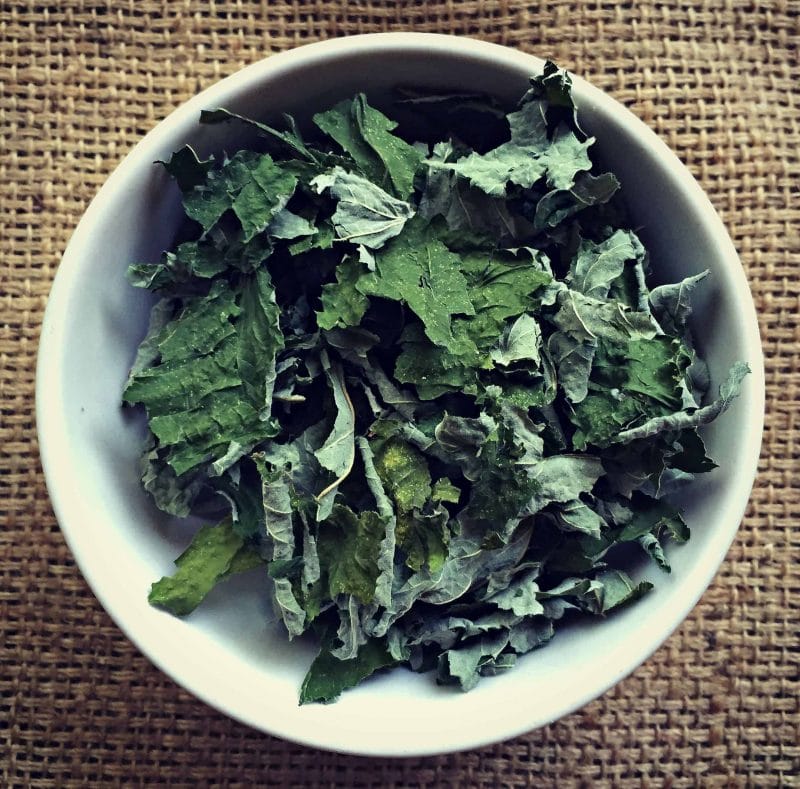
Enjoy foraging for wild raspberries! Not only for super tasty food, but also for some supportive herbal benefits.
Berry Jams
Have a lot of berries to use? Try making these low sugar summer jams!

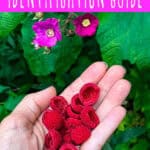
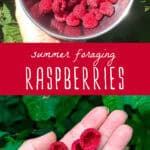

Hello. Is it ok to use any Raspberry leaves such as golden, etc? What about the hips part? TIA
Hi there. Yes, you can use raspberry leaves. They’re commonly used in tea for their medicinal benefits.
Like to learn how to use plants fruit for remedies
FYI, For those who desire an easy-care plant try Primocane raspberry & blackberry. They grow new fruiting canes each year. In late winter, prune all the canes down to the crown (ground level). New shoots will grow in spring.
Raspberries are my most favorite berry and we have an abundance of them in the wild here!
I wanted to point out- the berries you found that you show in the picture from hiking are actually Thimble berries. They look a lot like raspberries but are more wide and flat and soft- almost velevety. The leaves are much larger and broader as well. I pick them along with my raspberries and just mix them in when I make jam :) Perfectly edible and good for you too! :)
Thanks so much for sharing (visiting via the Homestead Bloggers Network),
Erin
Oops! I was reading the description under the photo haha! NEVERMIND lol.
Love your photos in this very thorough post! Thanks for sharing my popsicle recipe!